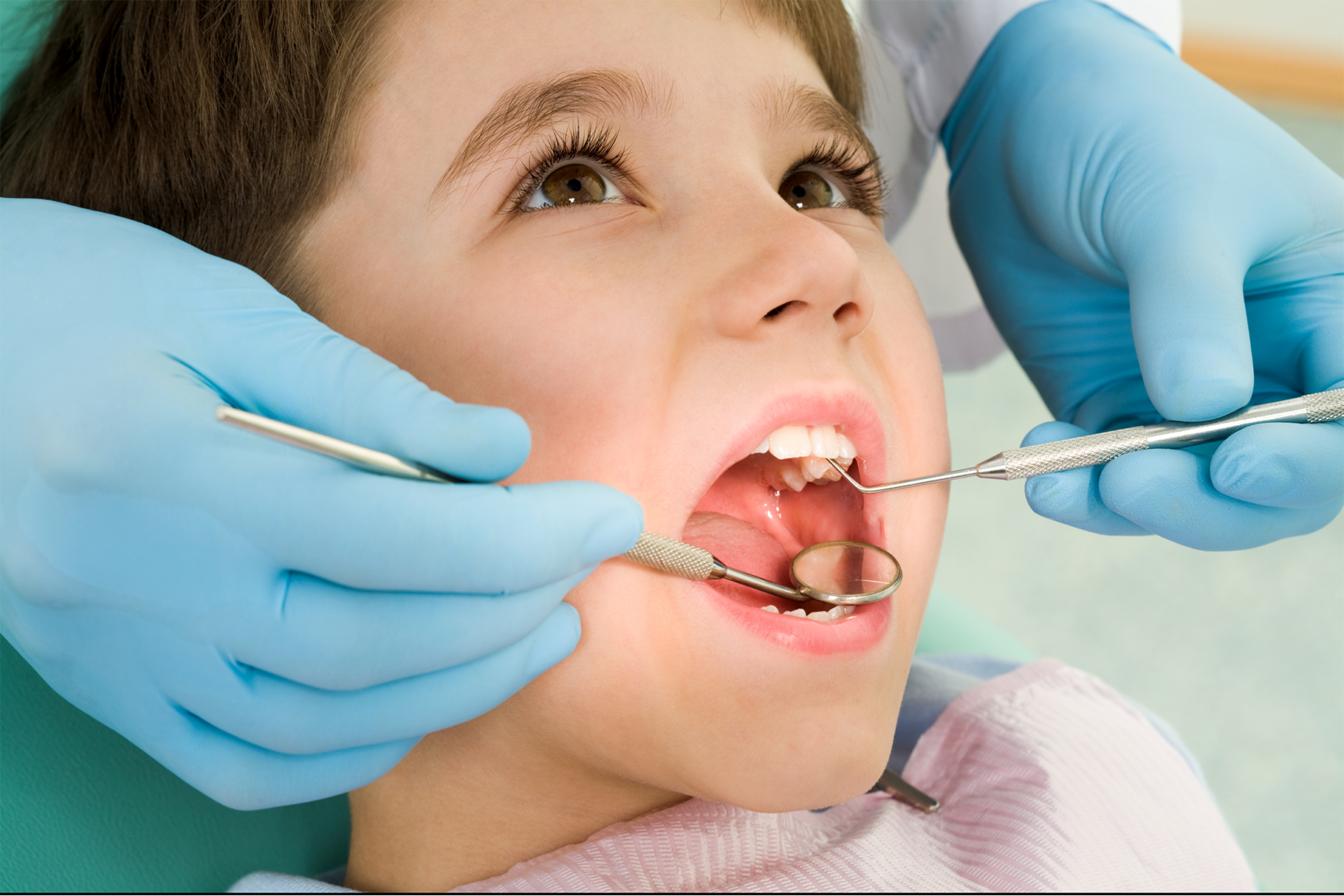When is the best age to bring a child to the dentist for the first time? Opinions vary. Some dentists suggest that a child should be brought at twelve months, the age at which plaque develops, and parents should be shown how to remove it. Some dentists believe a one-year-old's first baby teeth should be examined and their diet, and any abnormal tongue or lip habits, be checked. Most pedodontists, however, feel two and a half or three years of age, when all twenty primary teeth are present, is soon enough. They believe any other considerations are outweighed by the child's being old enough to understand what going to the dentist is all about.
Even though dental problems can and do begin in the first year, it is understandable that most parents will not bring a twelve-month-old infant to the dentist. The early responsibility of oral examination therefore lies with the pediatrician who sees the baby regularly and can refer the parents to a dentist or pedodontist if any problems are noted.
What is the advantage of a children's specialist rather than a regular dentist? A family dentist can treat children as well as adults, and often in small towns or rural areas, they are the only dentist available. If the dentist is accustomed to dealing with children, they will probably provide whatever care and treatment is needed. The pedodontist, however, is accustomed to dealing both emotionally and physically with children, and in the case of more serious problems, is specially trained to treat them.
The first visit to a strange dental office can be disturbing, doubly so if the office is designed for adult-sized people. However, not only is the modern pedodontist's office likely to be scaled to children, but the pedodontist's philosophy is child-oriented, as well. Their job is the treatment and prevention of dental disease, but they also want to prevent anxiety about dentists and dentistry.
Pedodontists use techniques that relax, encourage and interest the child; they tell the child what they're going to do, specifically using words that will not frighten, and show them the instruments they will use. The child often watches the entire procedure with the aid of a hand mirror. The examination room in modern pedodontic offices may be one large room with several chairs so the child is not alone but with other children being treated at the same time. This thoughtful, easy approach allays fears even for those who have had previous traumatic dental experiences, and lays the foundation for a positive attitude toward dentists and dental care for the rest of the child's life.


